Are cotton candy machines the key to making full-scale artificial organs? Discovery News.
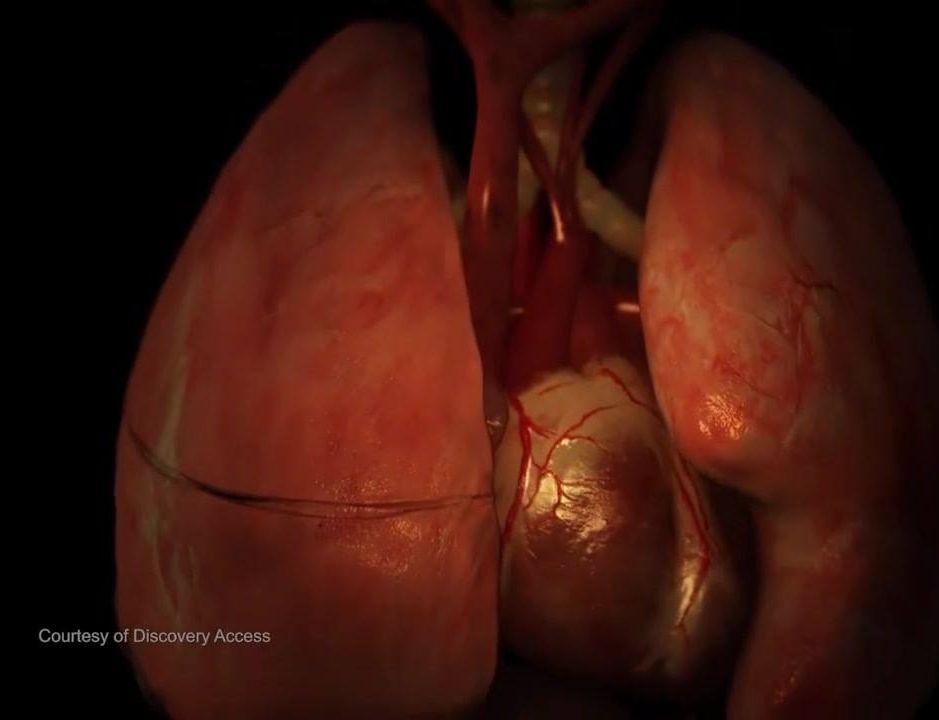

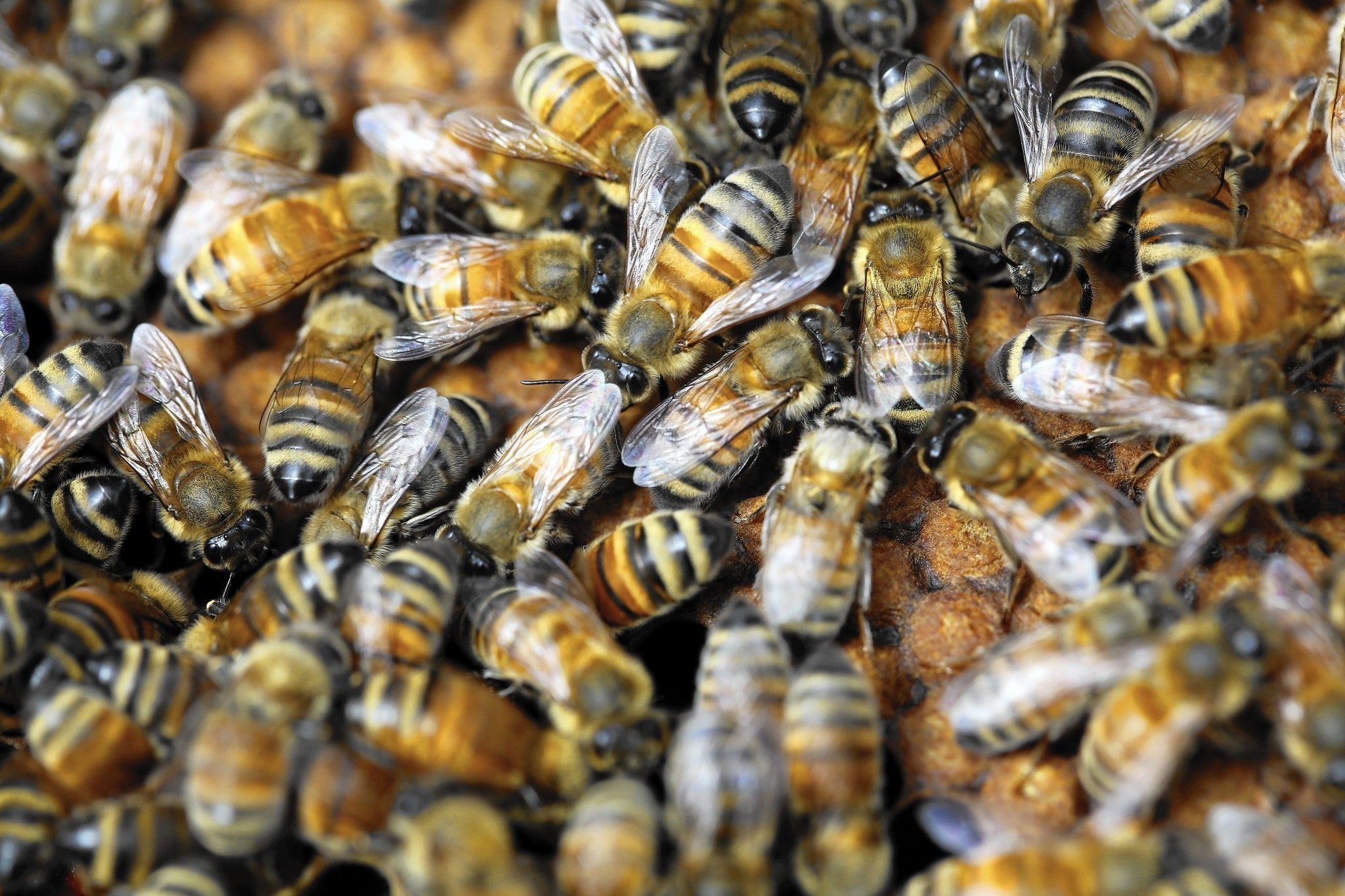
Around the world, the animals that pollinate our food crops — more than 20,000 species of bees, butterflies, bats and many others — are the subject of growing attention. An increasing number of pollinator species are thought to be in decline, threatened by a variety of mostly human pressures, and their struggles could pose significant risks for global food security and public health.
Until now, most assessments of pollinator health have been conducted on a regional basis, focusing on certain countries or parts of the world. But this week, a United Nations organization has released the first-ever global assessment of pollinators, highlighting their importance for worldwide food and nutrition, describing the threats they currently face and outlining strategies to protect them.
The report, which was released Friday by the U.N.’s Intergovernmental Science-Policy Platform on Biodiversity and Ecosystem Services (IPBES), has been in the works since the summer of 2014. The research team consisted of more than 70 experts, who drew on the most up-to-date global pollinator science, as well as local and indigenous knowledge, to complete the assessment.

This will make friends Vladimir and Marina happy.
Mushrooms and game meat in European regions where Chernobyl fallout was most intense still have excess radiation, but Burgundy truffles get the green light; foodies rejoice.
It’s been 30 years since the 1986 nuclear disaster in Ukraine in which a fire and explosion at the Chernobyl Nuclear Power Plant unleashed a slew of radioactive particles into the atmosphere. Swept along by winds and settled by heavy rains, radioactive particles, especially caesium-137 (137Cs), polluted large stretches of the European continent. And we all know the problem with radioactive things, they’ve got lasting power.
“Much of the continent’s topsoil layers are still radioactively contaminated,” says Ulf Büntgen, Head of the Dendroecology Group at the Swiss Federal Research Institute (WSL) and lead author of a new study measuring something dear to a foodie’s heart: the contamination level of Burgundy truffles (Tuber aestivum), like those pictured below.

Fifteen miles away from where Larry Page and Sergey Brin worked out of their first office developing the technology that would become Google, a team of eleven engineers no older than 20 are hard at work on developing what they hope will be its replacement.
Their adoptive home, for the moment, is the co-working space Tim Draper set up as part of his Draper University startup program, and they’ve been assembled their by Jerry Yue, a 24-year-old serial entrepreneur.
Yue’s last startup, the Chinese food delivery service Benlai.com, raised $100 million at the end of last year and is on its way to joining the ranks of China’s unicorns.
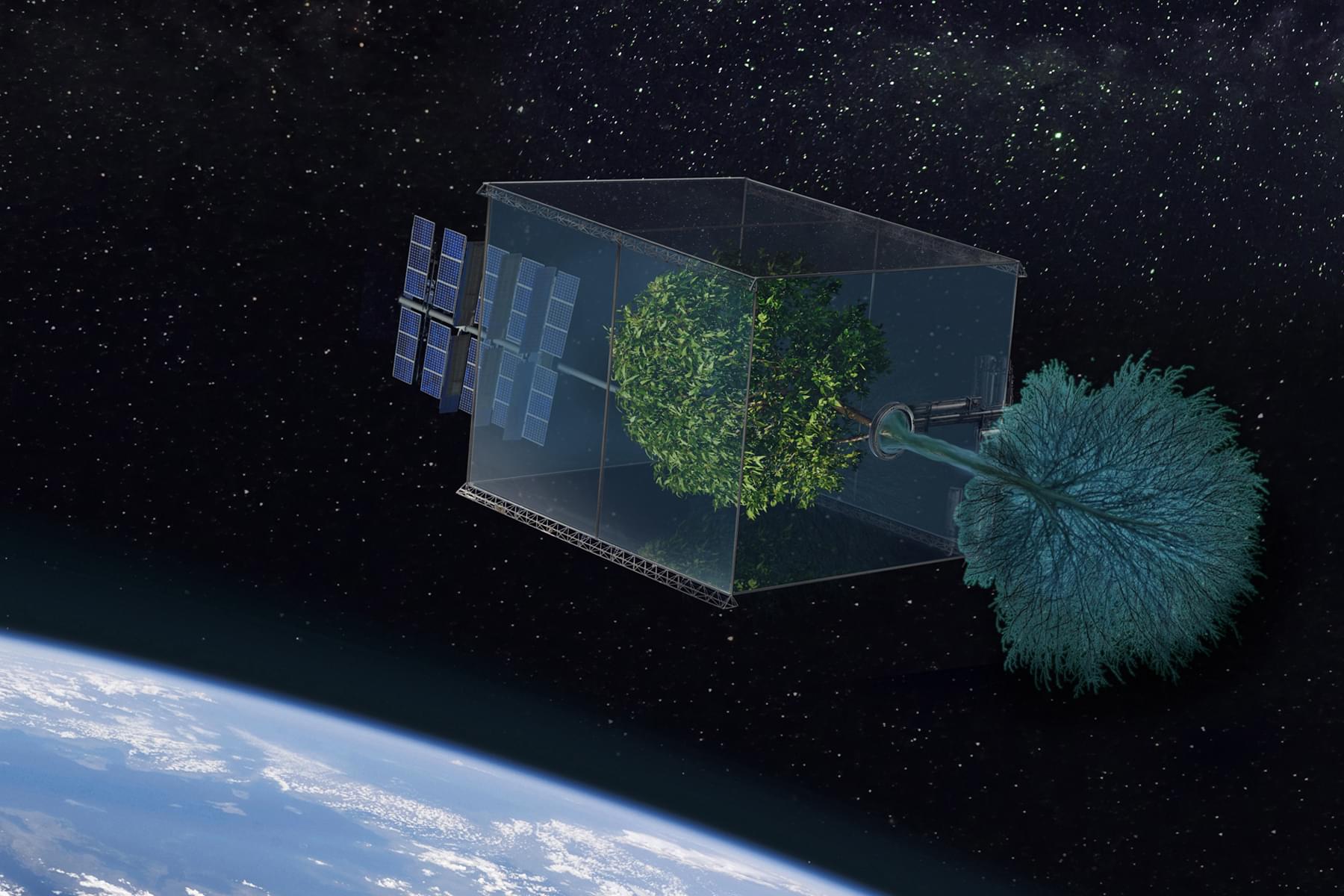
Satellites and spacecraft are generally complex to build on the ground, expensive to launch and obsolete in a decade or less.
These objects end up floating in orbit around the planet contributing to the pollution surrounding the Earth. But what if there was an alternative?
That’s the question David Barnhart, director of USC’s Space Engineering Research Center and lead for the Space Systems and Technology group for the USC Information Sciences Institute, is contemplating. What if we could just “grow” spacecraft, repurpose a hybrid of inorganic and organic materials and even allow food to grow in space?

Good news for chocolate lovers: eating the sweet treat has been found to have a positive association with cognitive performance, according to a new study.
Published in the journal Appetite, researchers used data collected from a Maine-Syracuse Longitudinal Study (MSLS), in which 968 people aged between 23 and 98 were measured for dietary intake and cardiovascular risk factors, as well as cognitive function.
The researchers found that regularly eating chocolate was significantly associated with cognitive function “irrespective of other dietary habits”.
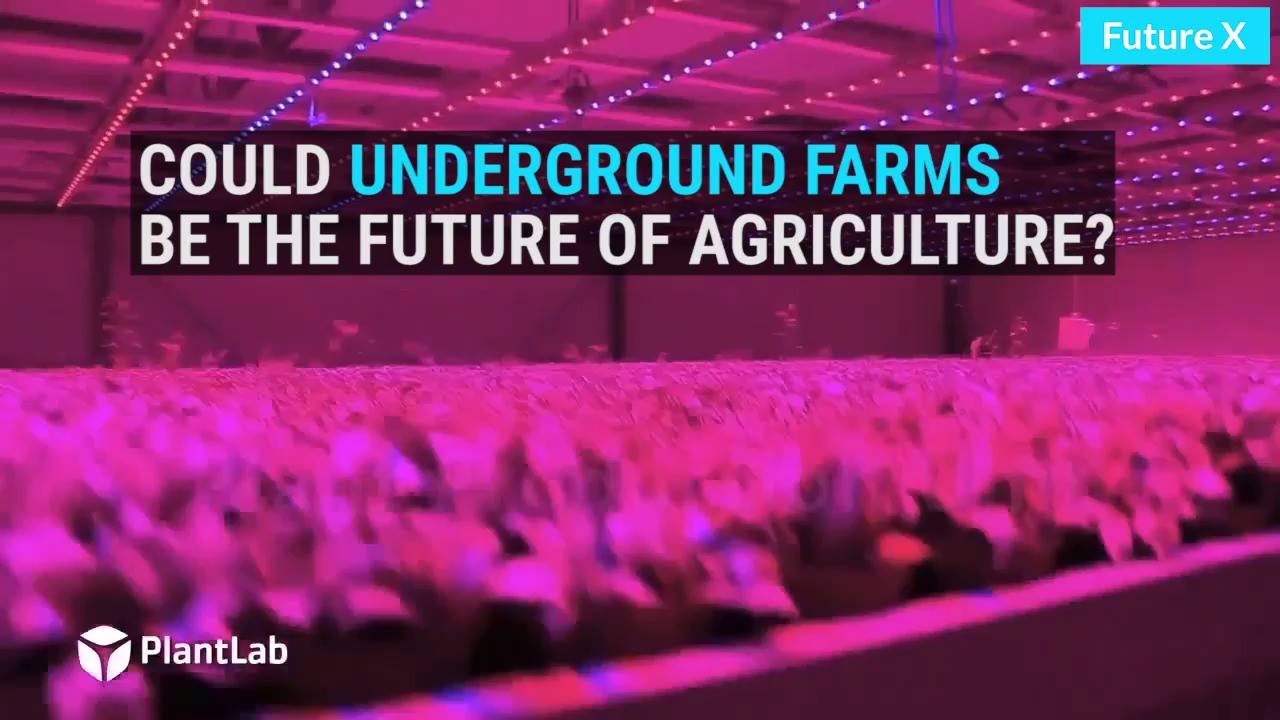
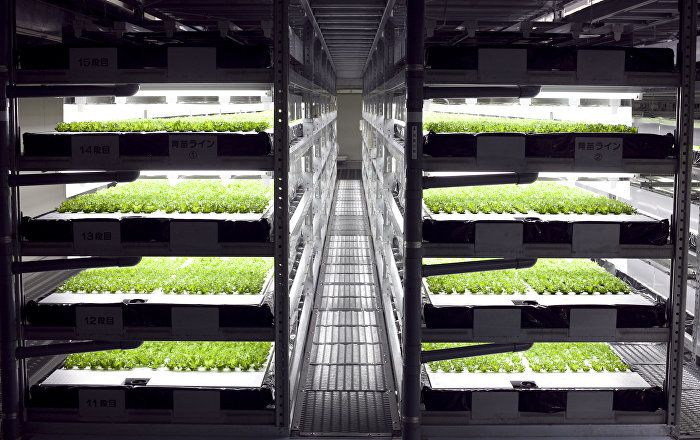
A new fully-automated farm in Japan can be used to grow vegetables anywhere on Earth with little human input, but it may not yet be a solution to solve hunger, the company’s CEO told Sputnik Japan.

This is vertical farming, a remarkable solution to feeding Earth’s growing population…
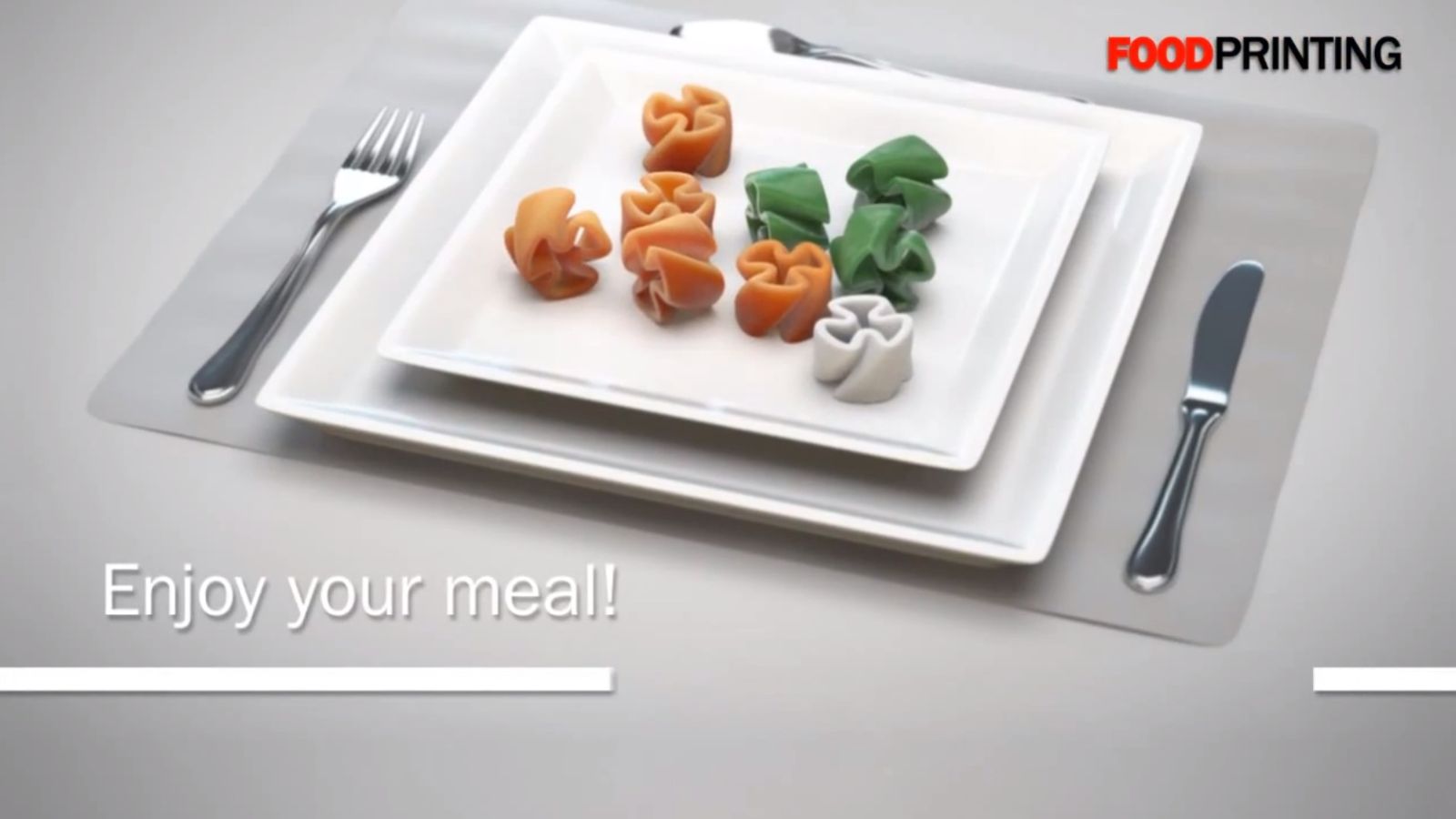
Anjan Contractor’s 3D food printer might evoke visions of the “replicator” popularized in Star Trek, from which Captain Picard was constantly interrupting himself to order tea. And indeed Contractor’s company, Systems & Materials Research Corporation, just got a six month, $125,000 grant from NASA to create a prototype of his universal food synthesizer.
But Contractor, a mechanical engineer with a background in 3D printing, envisions a much more mundane—and ultimately more important—use for the technology. He sees a day when every kitchen has a 3D printer, and the earth’s 12 billion people feed themselves customized, nutritionally-appropriate meals synthesized one layer at a time, from cartridges of powder and oils they buy at the corner grocery store. Contractor’s vision would mean the end of food waste, because the powder his system will use is shelf-stable for up to 30 years, so that each cartridge, whether it contains sugars, complex carbohydrates, protein or some other basic building block, would be fully exhausted before being returned to the store.
Ubiquitous food synthesizers would also create new ways of producing the basic calories on which we all rely. Since a powder is a powder, the inputs could be anything that contain the right organic molecules. We already know that eating meat is environmentally unsustainable, so why not get all our protein from insects?